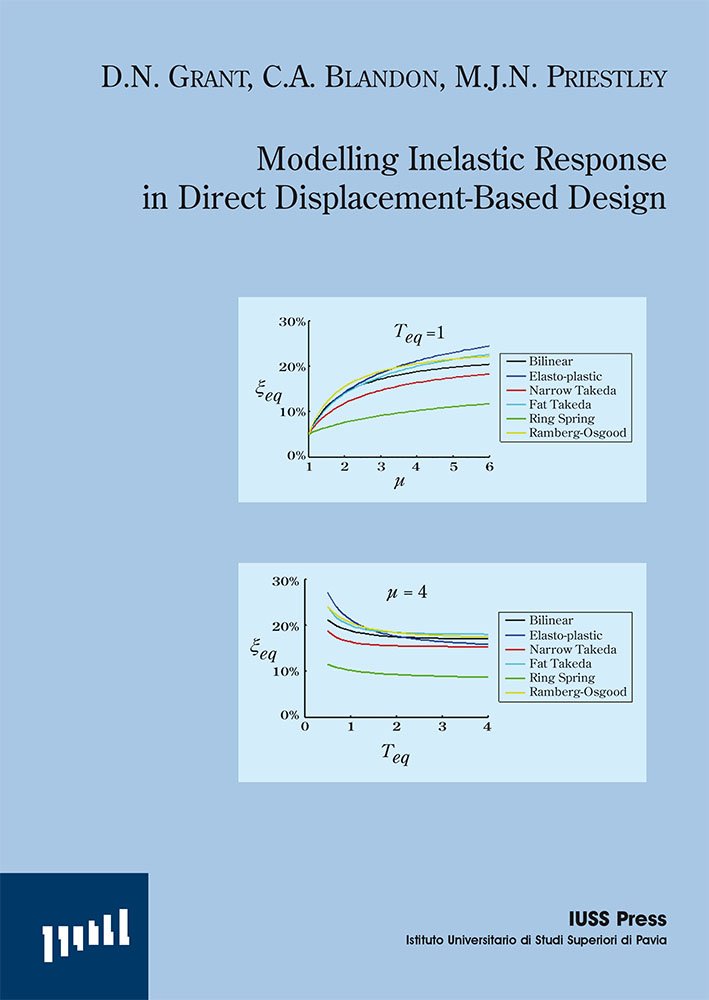Catalogo

Seismic Reliability Analysis of Structures
04/01/2005
Modelling Inelastic Response in Direct Displacement-Based Design
24/03/2005Dynamic Behaviour of Reinforced Concrete Frames Designed with Direct Displacement-Based Design
Il prezzo originale era: € 21,25.€ 5,00Il prezzo attuale è: € 5,00.
J.D. Pettinga, M.J.N. Priestley
Research Report Rose 2005/02
Esaurito
FUORI CATALOGO
In this study the established Direct Displacement-Based Design (DDBD) methodology is applied to six vertically regular tube-frames of 2, 4, 8, 12, 16 and 20 storeys to achieve a target design drift of 2%. Preliminary inelastic dynamic time-history analyses show that the method does not adequately control storey-drift and displacement behaviour, thus a series of modifications to the inelastic design displacement profile and lateral force distribution equations are proposed in order to improve the dynamic behaviour of the structures.
Using the proposed methods the six frames are redesigned and analysed at ratios of 0.5x, 1.0x and 2.0x the design earthquake intensity. The inelastic dynamic behaviour is significantly improved from that previously observed with the assumed 2% drift limit well reflected over the height of the frames at the design level intensity.
Using the revised designs the dynamic amplification of column shear forces and bending moments due to higher modes is investigated. The time-history results show that while amplification is present over the height of all the frames, the development of inelasticity in the beams throughout the buildings substantially reduces the higher mode influences compared to the behaviour seen for structural walls. To account for the observed column shear force behaviour, the Modified Modal Superposition (MMS) found to work well for structural walls using DDBD is modified to include the effects of the ductility development and account for intensity changes. For the column moment amplification a simple intensity dependent equation is developed to satisfy the time-history demands. Both approaches are tested and found to give satisfactory results at a range of intensities.

